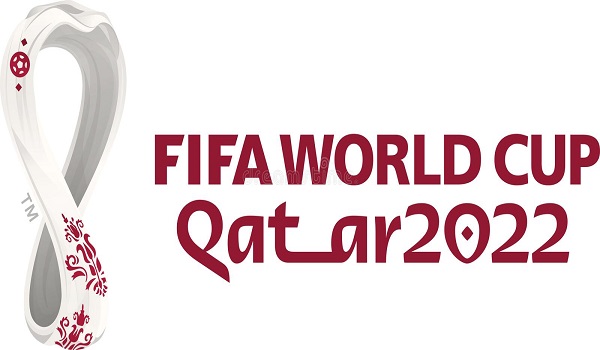
The FIFA World Cup 2022 group stages had thrown up their fair share of surprises, with half the 32 teams now out of the tournament and on their way home. Let’s have a brief look at how the eight groups played out.
Group A: The Netherlands won the group as expected, with 2nd place always going to be between Ecuador and Senegal: on the crunch tie, the African team won 2-1 against the South American team. This was despite Ecuador drawing with the Netherlands. Qatar was one of two teams in the tournament not to record a point.
Group B: England won the group with the USA (co-hosts of the FIFA World Cup in 2026) runners-up, as expected. England had the best goal difference (7, just one ahead of Spain with both scoring 9 goals each). England played exciting football against both Iran and Wales, but were criticised for their performance against the USA whom they recognised as their biggest challenger in their group. The USA scored just 2 goals in 3 matches, conceding just 1.
Group C: Argentina won the group with Poland pipping Mexico on goal difference for the runner-up spot. Saudi Arabia had stunned Argentina in the group’s opening game as the South American champions started the tournament slowly but then ended up topping the group. Saudi Arabia’s last-gasp consolation goal in their last match, against Mexico, enabled Poland to leapfrog the North American team into 2nd place.
Group D: Previous winners, and holders, France topped the group as expected with Australia proving the surprise package in this group. Denmark underperformed and scored just 1 goal, conceding 3, with the Socceroos scoring 3 (they conceded 4) and winning 2 games in the process. Tunisia scored just one goal, against a depleted France team who rested many of their front-line players for their last group match.
Group E: While Spain got through (but just in 2nd place as Japan shocked them in their final game, to go top), Germany were one of the big tournament shocks to not qualify for the knock-out phase - for the 2nd FIFA World Cup in a row! Costa Rica had qualified out of their group 8 years ago but they could not repeat their exploits in Qatar. They led Germany 2-1 at one stage in their last game, but Germany finally woke up to finish 4-2 winners. Japan shocked Spain, who had rested players, in their last match, 2-1, to top the group. But it was Japan’s first match in which they came from behind to beat Germany 2-1 which did the damage. In the clash of the “giants”, Germany and Spain drew 1-1.
Group F: Morocco stunned the footballing world to beat Belgium 2-0 which ultimately led to Morocco topping the group and putting Belgium out, with Croatia (as expected) getting 2nd. Belgium and Croatia had drawn their game, with Canada losing all three, becoming the second team in the tournament not to record a point.
Group G: Brazil won the group with Switzerland in second, as expected. However, in a crazy finale to their group, all 4 teams were each going through at different stages, the table was constantly changing. Brazil, already qualified, had rested a number of their top players and ended up losing to Cameroon thanks to an injury-time goal.
Group H: Portugal topped the group as expected; however, Ghana or Uruguay were tipped to join then in the knock-out phase, but South Korea prevailed in a crazy last day of matches where doubts remained until the final whistle sounded in both matches. With Uruguay, Mexico and Ecuador all missing out, South America had just 2 representatives in the last-16.
The Netherlands, England and Morocco all had 7 points by each securing 2 wins and a draw. But it could all change with the tournament now changing to knock-out football.
The surprise teams on the plane home were Germany, Belgium, Denmark, Mexico and Ghana. On the other side of the coin, could surprise packages of Australia, Japan and South Korea survive another round? Or would the established order, those teams experienced of the ways and demands of tournaments, survive to the semi-finals and final? Only time would tell…
Overall, 8 European teams reached the knock-out phase, with 2 from South America, 2 from Africa, 2 from Asia and 1 each from North America and Australasia.









